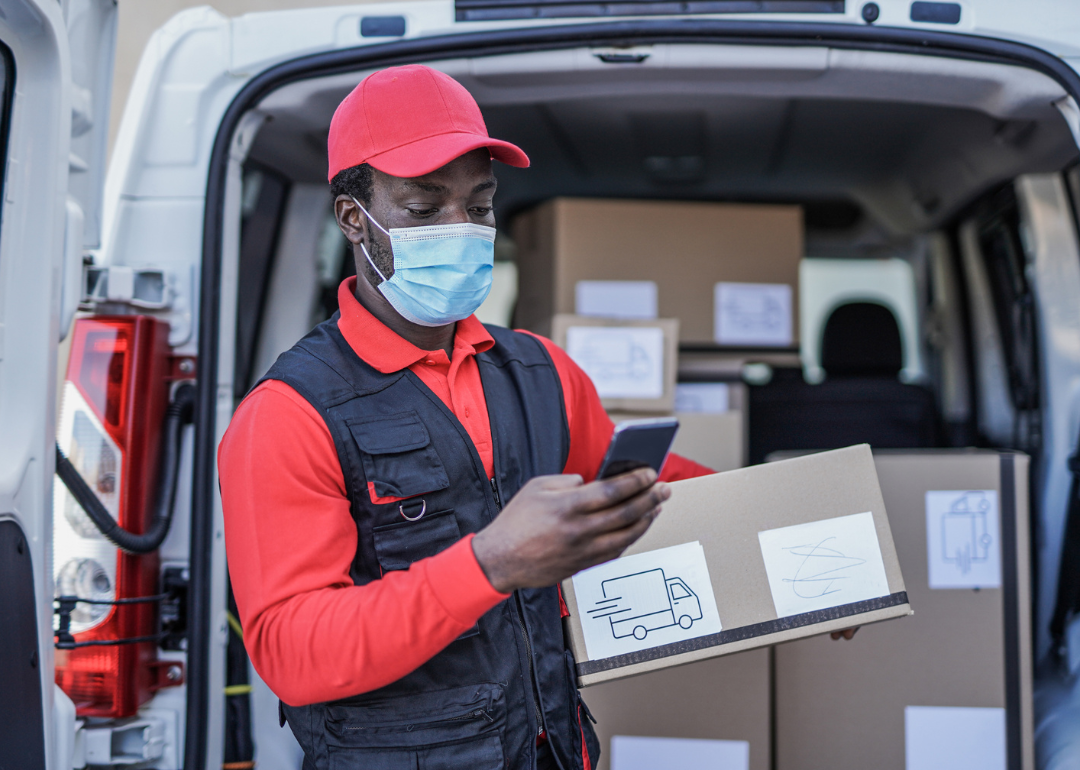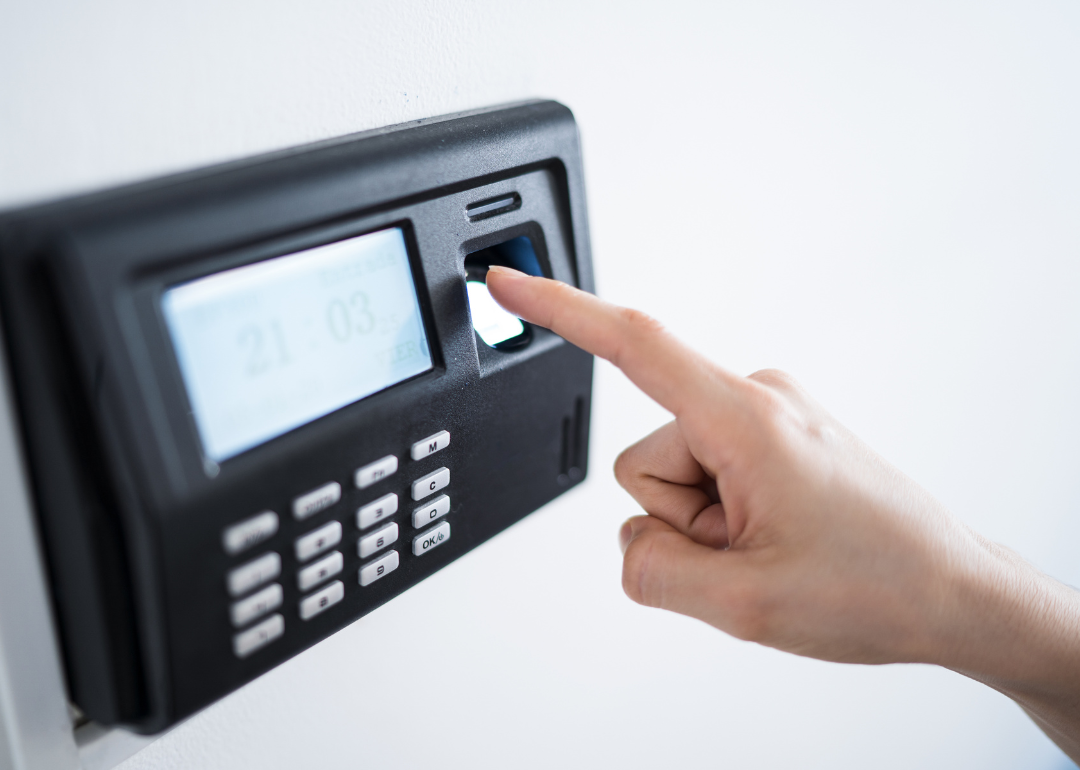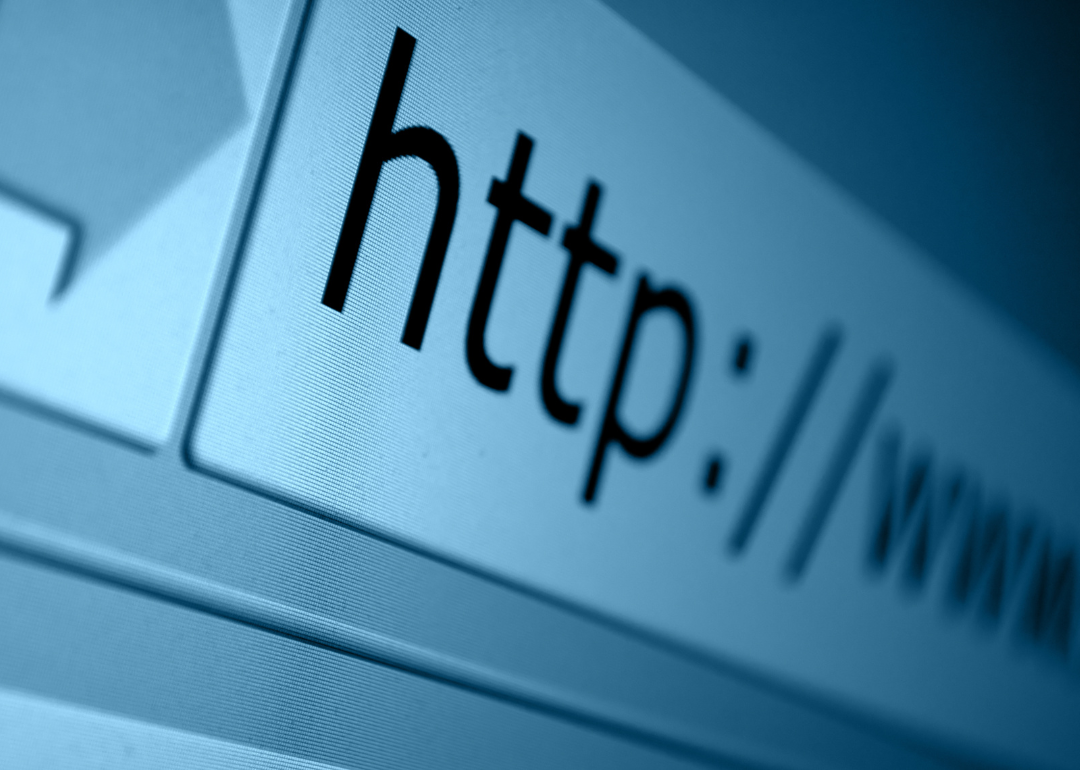
How employees' hours are being tracked in today's workforce
This story originally appeared on Buddy Punch and was produced and distributed in partnership with Stacker Studio.
How employees' hours are being tracked in today's workforce
Working from home is the new normal for 58% of Americans doing so once a week, per McKinsey's 2022 American Opportunity Survey.
Keeping workers home, or making new positions for remote workers, has introduced new anxieties among employers about output and efficiency—and new, tech-based solutions for keeping track of employees' productivity.
Buddy Punch compiled five ways employers can use new, technologically enhanced employee-tracking software to monitor remote workers' hours.
The first patent for employee cards came in 1894. Since then, new technologies have been applied to tracking employee hours, but time clocks can still be very straightforward and "analog" because of how simple their job is.
For remote employees, however, there's no break or locker room with a time card waiting with workers' names on them. Instead, technology has innovated the space in surprising ways: GPS location data, web browser blockers, employee fingerprints, and even keystroke trackers can directly observe what employees are up to during their scheduled hours.
Read on to see how employers are tracking hours in today's workforce.

Mobile app tracking
Mobile app tracking devices allow employees to virtually clock in and out and provide updates to their projects. Widely used by freelancer platforms such as Upwork, these apps are also great for autonomous workers who don't sit at a computer like work crews or service providers.
There are also many options on the market for computer software that track hours and productivity differently. Productivity software usually includes access to a mobile app or web portal.

Geofencing and GPS tracking
Companies with workers who need to complete routes, such as delivery drivers or couriers, are often interested in tracking where employees are at a given time and how much ground they've covered.
GPS monitoring is a simple way for employers to recreate a virtual map of where an employee has been that day. Geofencing is another technology that can let employers track by location via trigger when the employee crosses a certain pre-established boundary.

Biometric clock in
Biometrics are unique biological qualities, like fingerprints, that can identify people; today, they're increasingly used to unlock secure devices such as smartphones and laptops.
A biometric employee clock works the same way: A user scans their face or fingerprint in place of a traditional time card or company badge. Advocates say this cuts back on "buddy punching," where one person punches two or more time cards to cover for colleagues running late.

Browser plug-in and URL tracking
Employers can manage employee productivity and hours using standalone software that works in tandem with enterprise and project management software to monitor progress. But employers can also monitor an employee's web browser using plugins and URL tracking.
When computers are part of a secure employer network, they can disable settings for deleting browser history. Plugins can block certain sites, allow only a handful of relevant sites, or log how long employees are spending browsing in general.

Keystroke and mouse movement
Employees using work computers should assume their keyboard activity is being tracked if they aren't certain otherwise. This is possible using a piece of software called a keylogger. You may have seen this software in movies or TV shows where characters spy on each other or investigate mysteries. Sophisticated keyloggers and mouse trackers can even notify employers when employees have stopped interacting for a certain span of time. This information can be used for jobs like data entry to measure who is steadily working.



